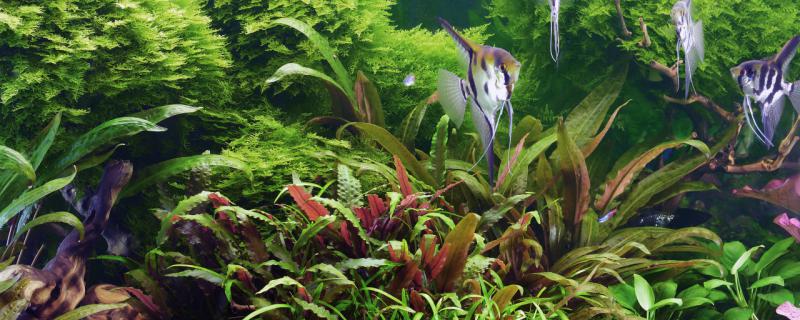
, the first thing to do is to filter the muddy water. There are three types of filtration, namely, physical filtration, chemical filtration and biological filtration. These filter materials need to be put into the filter bin in turn, so as to filter or adsorb impurities in the water, so as to achieve the purpose of improving water quality. If the filtering effect is not good, it may be that the filter itself is not powerful enough and needs to be replaced with a larger one, or it may be used for too long, resulting in blockage of filter cotton, etc., then it is necessary to clean it.
. The best way to solve the problem of water turbidity is to change water. Usually, there is no fixed cycle for water change, which depends on the speed of water quality change. If the water body deteriorates rapidly, it often takes several days to change the water. If the water quality is well maintained, it can be changed once a half month. Do not change more water each time, otherwise the new water will destroy the nitrifying bacteria and the established nitrification system, thus causing biological turbidity in the water body.
As mentioned above, if there is a problem with the nitrification system, it is easy to cause biological turbidity in the water body, and the solution is to re-establish the nitrification system. The method for establishing the nitrification system is very simple, the nitrifying bacteria culture solution is added into the tank regularly, and the lamp is turned off to explode oxygen at the same time, the nitrification bacteria culture solution is usually added once a week, and the nitrification system is established after one month, and the water is turbid first and then clear in the process.
. Feeding too much at ordinary times can also lead to turbidity in the water body. This is because the decomposition of organic matter leads to a large number of microbial reproduction, which makes the water very fat. Fat water is harmful to the health of fish, so it is necessary to properly control feeding.